Spiders and Tarantulas
Spiders belong to the class Arachnida and, despite often being mistaken for insects, they are not insects; insects have six legs, whereas spiders have eight. This distinction is one of the primary differences that separate them from insects. One of the key features of spiders is their ability to weave webs. These webs are made of a silk-like substance and are used to trap prey. Most spiders feed on insects, capturing them either by spinning webs or by directly attacking them.
Tarantulas are among the most remarkable spider species. Known for their large and hairy bodies, tarantulas primarily feed on insects, small birds, and small mammals. Their venom is used to paralyze prey, but tarantula venom is generally not dangerous to humans. A tarantula bite typically causes symptoms similar to a bee sting, such as pain, swelling, itching, and redness. Tarantula venom is not potent enough to kill a human, and in most cases, the effects are mild and disappear within a few days. However, individuals who experience allergic reactions should consult a healthcare professional.
The lifespan of spiders varies by species, but some tarantulas can live up to 20 years. Unlike other spiders, tarantulas do not weave webs; instead, they live in underground burrows and ambush their prey.
Differences Between Spiders and Tarantulas
- Spiders (Araneae): This group includes all spider species, forming a vast order of arachnids.
- Tarantulas (Theraphosidae): A subfamily within spiders, consisting of large and hairy species.
- Size:
- Tarantulas are generally much larger than other spider species, with a leg span ranging from 5 to 30 cm.
- Other spiders are typically 1 to 10 cm in size.
- Appearance:
- Tarantulas have hairy bodies, whereas many other spiders are hairless or have minimal hair.
- Hunting and Feeding:
- Most spiders capture their prey by spinning webs and injecting venom.
- Tarantulas do not use webs; instead, they rely on their powerful legs to catch and envenomate their prey.
- Venom Potency:
- Tarantula venom is generally not dangerous to humans (similar to a bee sting).
- Some spider species (such as Black Widow or Sydney Funnel-Web Spider) have much more potent venom and can be deadly to humans.
- Habitat:
- Tarantulas are typically found in tropical and warm regions, often in caves, burrows, or tree hollows.
- Spiders are found worldwide (from deserts to polar regions).
- Lifespan:
- Tarantulas have a longer lifespan. Female tarantulas can live 20-30 years, while males live 5-7 years.
- Other spider species typically live 1-3 years.
Frequently Asked Questions About Spiders and Tarantulas
- Is there a tarantula species in Turkey? Yes, a species called Lycosa tarantula is found in Turkey, particularly in the Southeastern Anatolia and Mediterranean regions. This species prefers hot and dry environments and usually digs underground burrows. The Turkish tarantula is not considered dangerous to humans, and its venom has no significant effect on people.
- Are all spiders venomous?There are over 27,000 spider species worldwide, and although most of them are venomous, the vast majority pose no threat to humans. However, some species, such as the Black Widow and the Sydney Funnel-Web Spider, have venom that can cause severe health complications. In Turkey, the Mediterranean Black Widow is one of the few venomous spider species.
- How long do tarantulas live?Female tarantulas can live up to 30 years in the wild. Males usually live 5-10 years. Females sometimes kill males after mating, so males often flee immediately after copulation.
- Where do tarantulas live?Tarantulas mostly inhabit underground burrows, making them rarely seen in the wild. This is why encountering a tarantula in nature is uncommon.
- How should spider bites be treated? Most spider bites are harmless and can be treated at home. However, if bitten by a venomous species, seek medical attention immediately. Keeping the wound clean and monitoring symptoms is essential.
- Can tarantulas be kept as pets? Yes, tarantulas are commonly kept as pets due to their docile nature. However, they are sensitive to falls, and special care is required. Female tarantulas live longer and grow larger than males.
- What is the most dangerous spider in the world? The Brazilian Wandering Spider (Phoneutria spp.) holds the Guinness World Record for being the most venomous spider. It is found in South America, especially in the rainforests of Brazil, Colombia, Peru, and Venezuela. This species often enters homes and hides in banana shipments, which is why it is sometimes called the Banana Spider. Its venom contains powerful neurotoxins, causing intense pain, muscle paralysis, and respiratory issues in humans. One unique effect of its venom in men is prolonged, painful priapism (uncontrolled erection), which has led scientists to research its compounds for potential medical applications.
- What is the most dangerous tarantula? The Chinese Bird-Eating Tarantula (Haplopelma schmidti) is considered one of the most aggressive tarantula species. It is found in China, Vietnam, Thailand, and Myanmar, primarily in tropical forests. This species lives underground but moves quickly and attacks when threatened. Its venom is highly neurotoxic, affecting the nervous system and causing severe pain, neurological problems, and muscle spasms in humans. It has powerful fangs and can bite multiple times in succession.
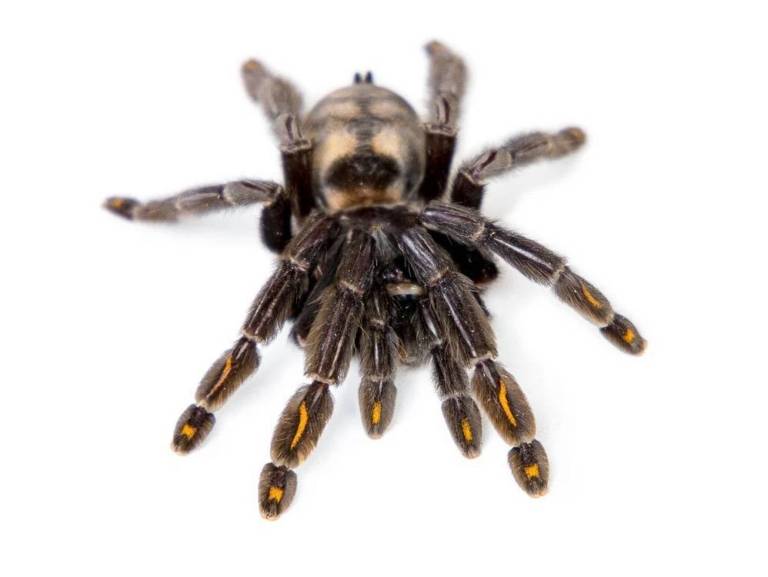
Venezuelan Tiger Tarantula | Geographical Habitat: Venezuela | Size: 6cm
It lives in trees and is extremely aggressive for a tree species and is incredibly fast and agile with long, slender legs. On its blue-black body, there are patterns in the form of bright red lightning. Males are generally lighter and paler in color than females. Although it is a venomous species, it usually uses its venom for defensive purposes, and can become aggressive if there is no escape option.
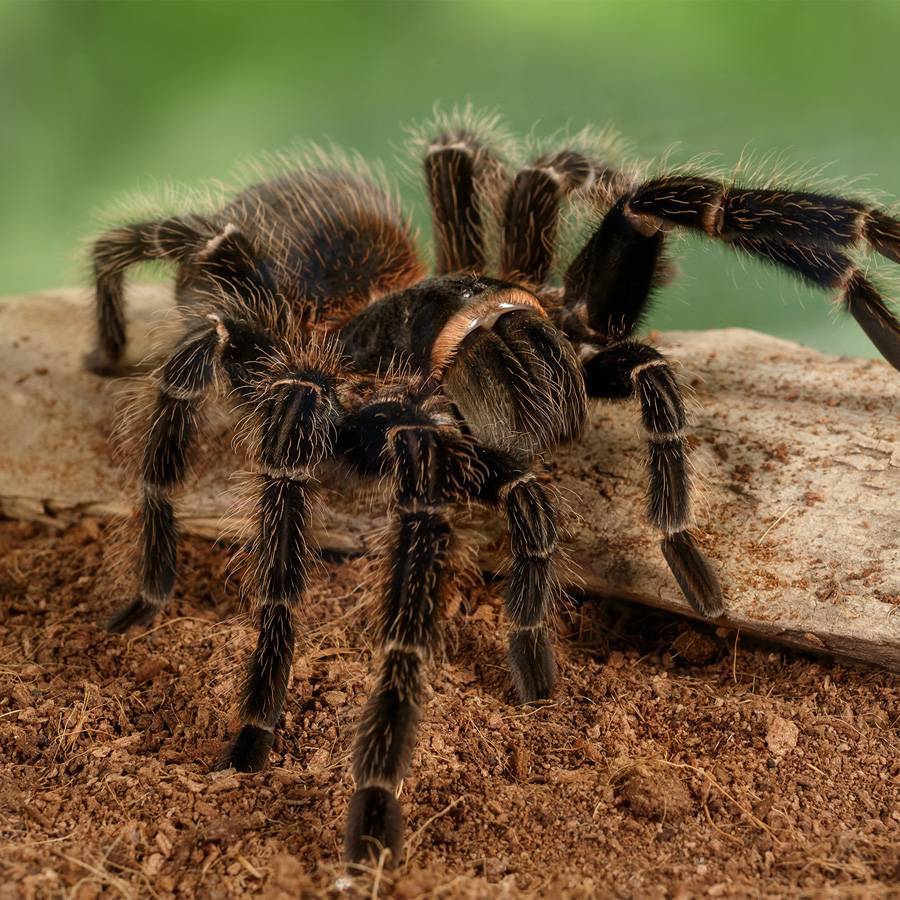
Bird-Eating Salmon Tarantula | Geographical Habitat: Northeast Brazil | Size: 10cm
Lasiodora Parahybana, an aggressive species, does not hesitate to attack no matter what happens. Despite this, its active structure and size of up to 10 cm make it a preferred species. Lasiodoras can lay more than 2000 eggs at a time. Although it is said to eat birds, it has not been seen to eat many birds. It mostly feeds on large insects and sometimes amphibians and small reptiles. It injects poison into its prey and makes it weak.
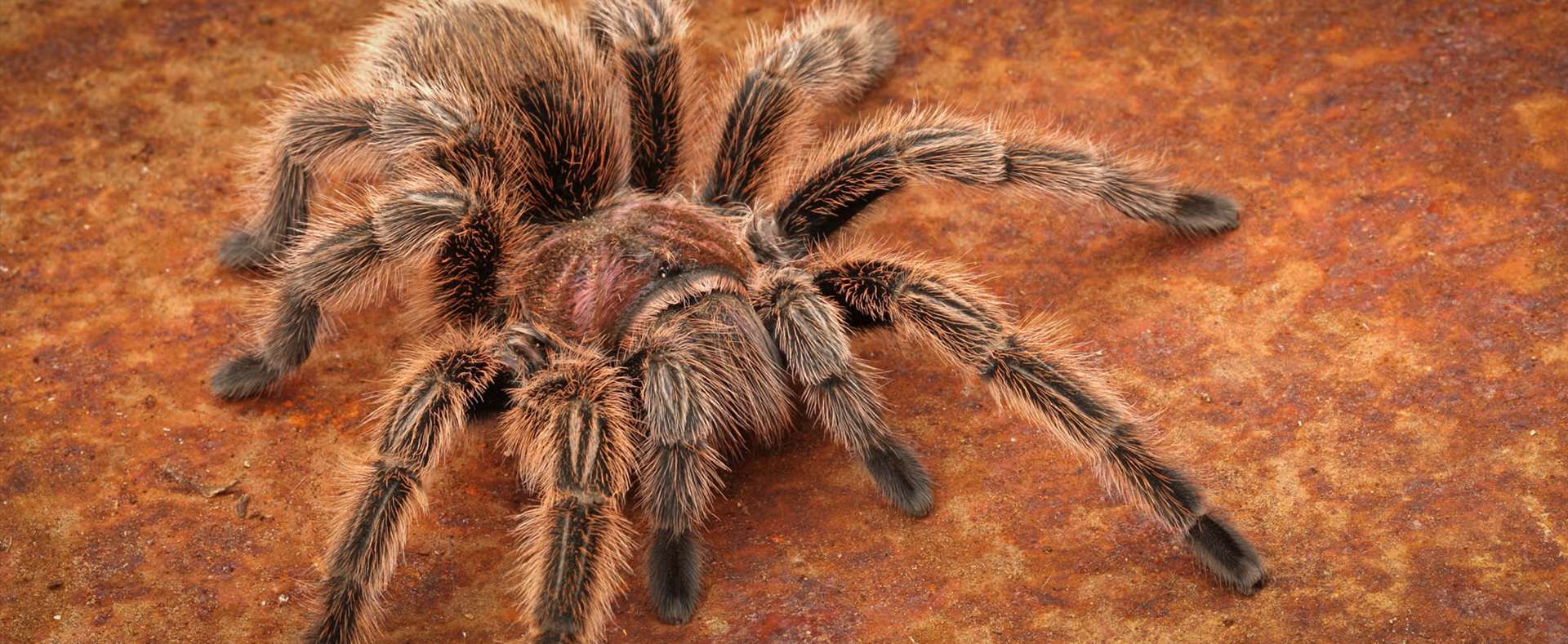
Pink Chilean Tarantula | Geographical Habitat: Chile, Argentina, Bolivia | Size: 5-6cm
It is one of the calmest tarantula species. At the moment of intervention, it usually retreats to its nest. Its natural habitat is the foothills of the Andes and it is resistant even to short frosts. They don’t like to hide. It can feed on different creatures such as grasshoppers, crickets, butterflies, beetles, cockroaches, small frogs, small lizards and mammals (baby mice).
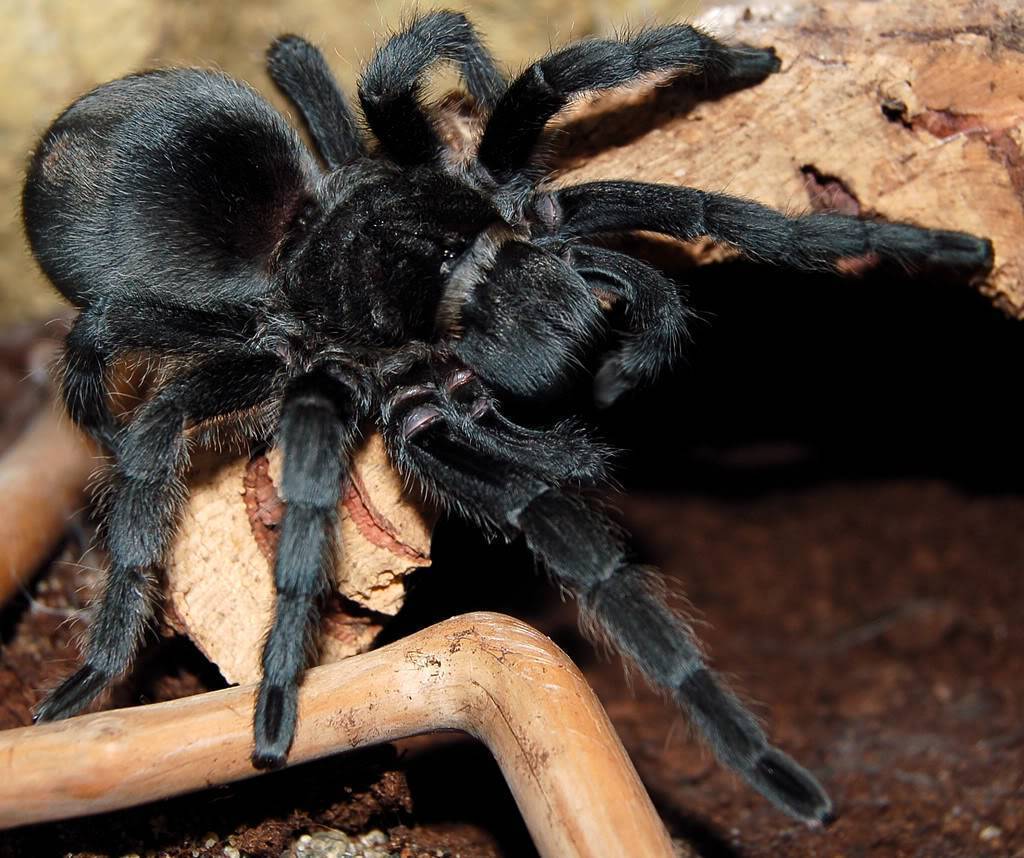
Big Black Tarantula | Geographical Habitat: Bolivia | Size: 10-11cm
The care of Pamphobeteus Antinous, one of the largest tarantulas in the world, is quite demanding. Being sensitive to heat and humidity changes, its size and aggression are the biggest factors for this. Males and females are visually different from each other until sexual maturity and are completely black. When males reach sexual maturity, a blue metallic shine appears, especially on their legs.
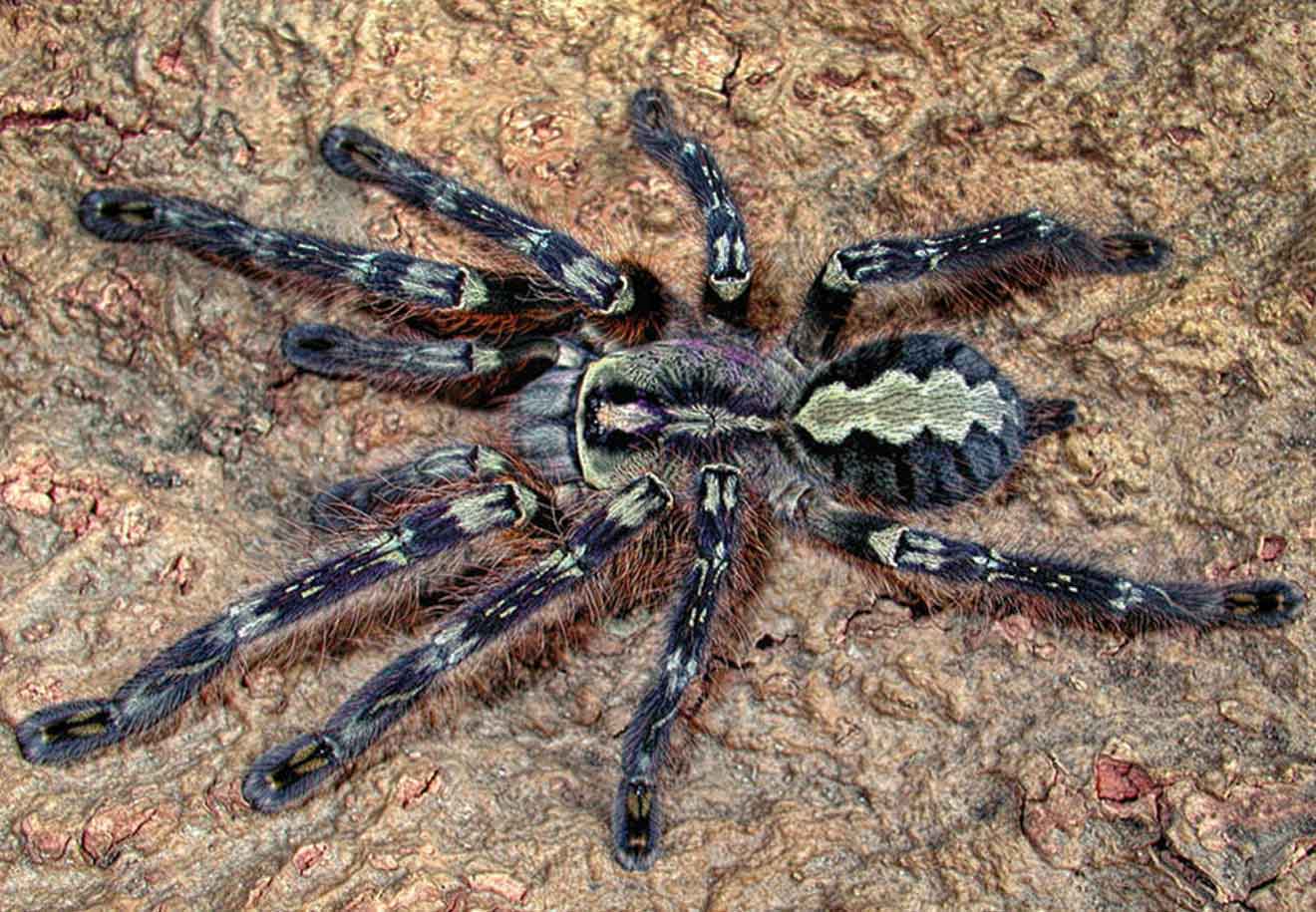
Fringed Tarantula | Geographical Habitat: Sri Lanka | Size: 7-8cm
It is a species that spends most of its time in hiding. When disturbed, he becomes aggressive and tries to appear bigger by raising his front legs to frighten his opponent. The effect of its venom is more effective than tarantulas originating from South America.
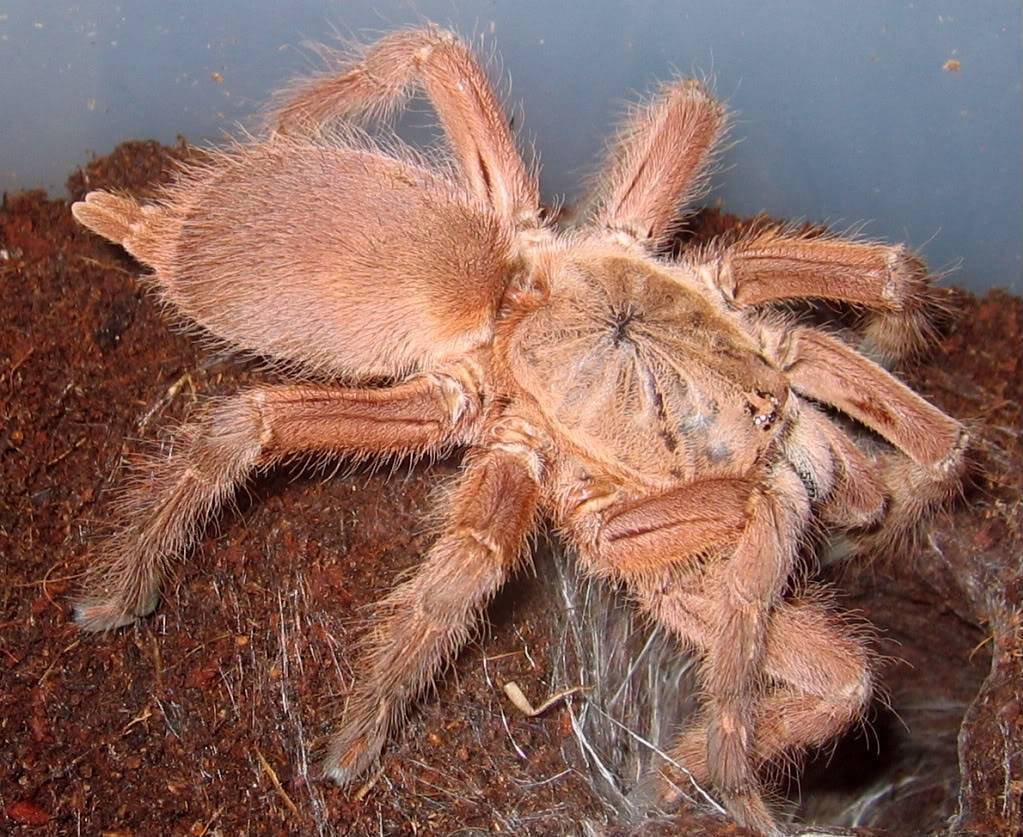
Light Brown Giant Asian Tarantula | Geographical Habitat: Thailand | Size: 3-5cm
The Trinidad Chevron Tarantula is one of the most popular arboreal species. Large size and interesting appearance make it many people’s favorite breed! Trinidad Chevron Tarantulas are described as “cute” and “squishy” due to their fuzzy appearance. It has bright orange stripes on the tips of its legs, which visibly distinguishes it from other tarantulas.
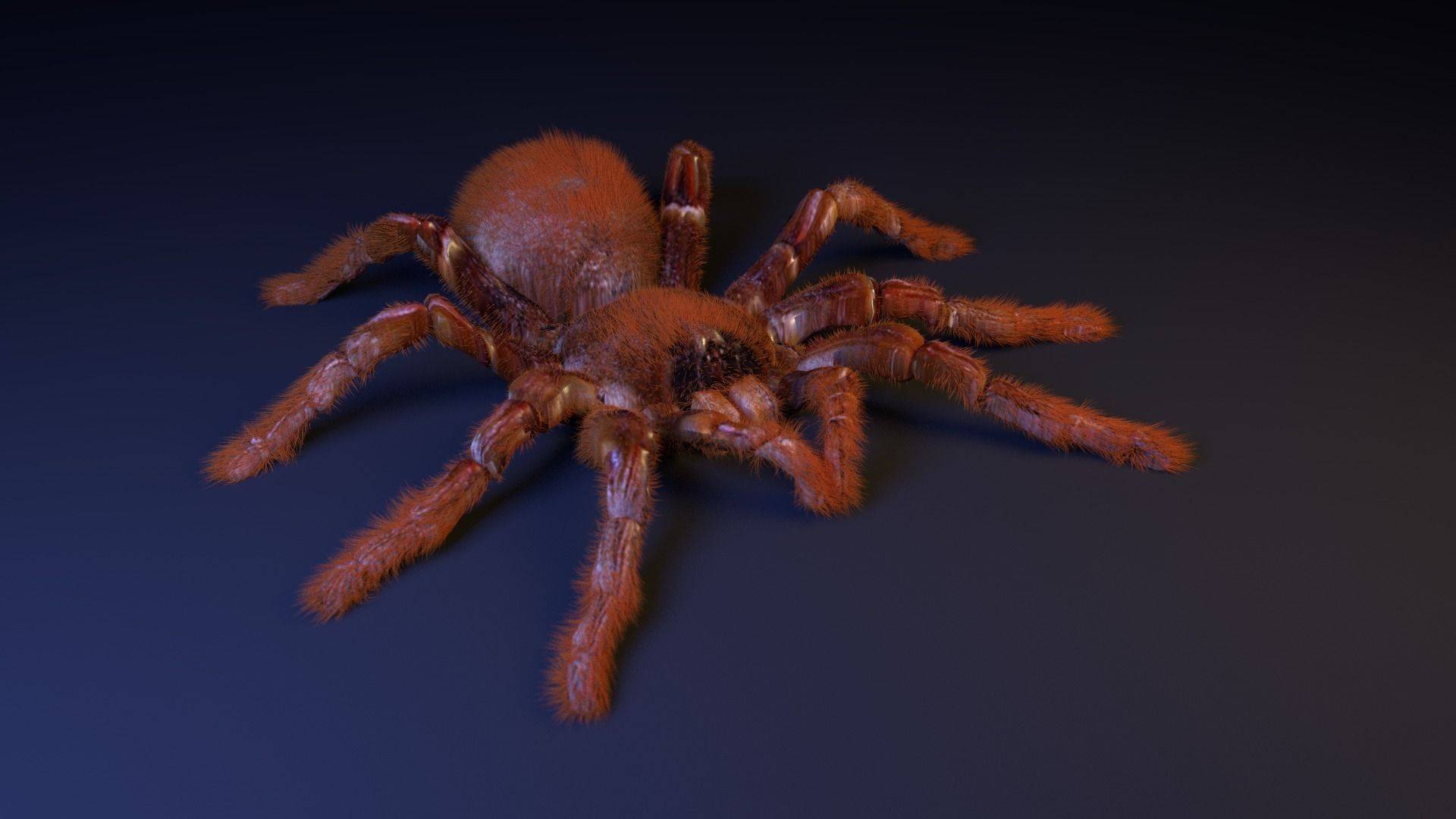
Bird-Eating Giant Tarantula | Geographical Habitat: Brazil, Venezuela | Size: 10-12cm
It is the largest tarantula species in the world and the second best known after Brachypelma Smithi. It is aggressive and sheds its feathers when disturbed, which is quite effective. It usually occurs at night. The cubs grow quickly. In a period of 1 year, they reach a stem length of 5-6 cm.
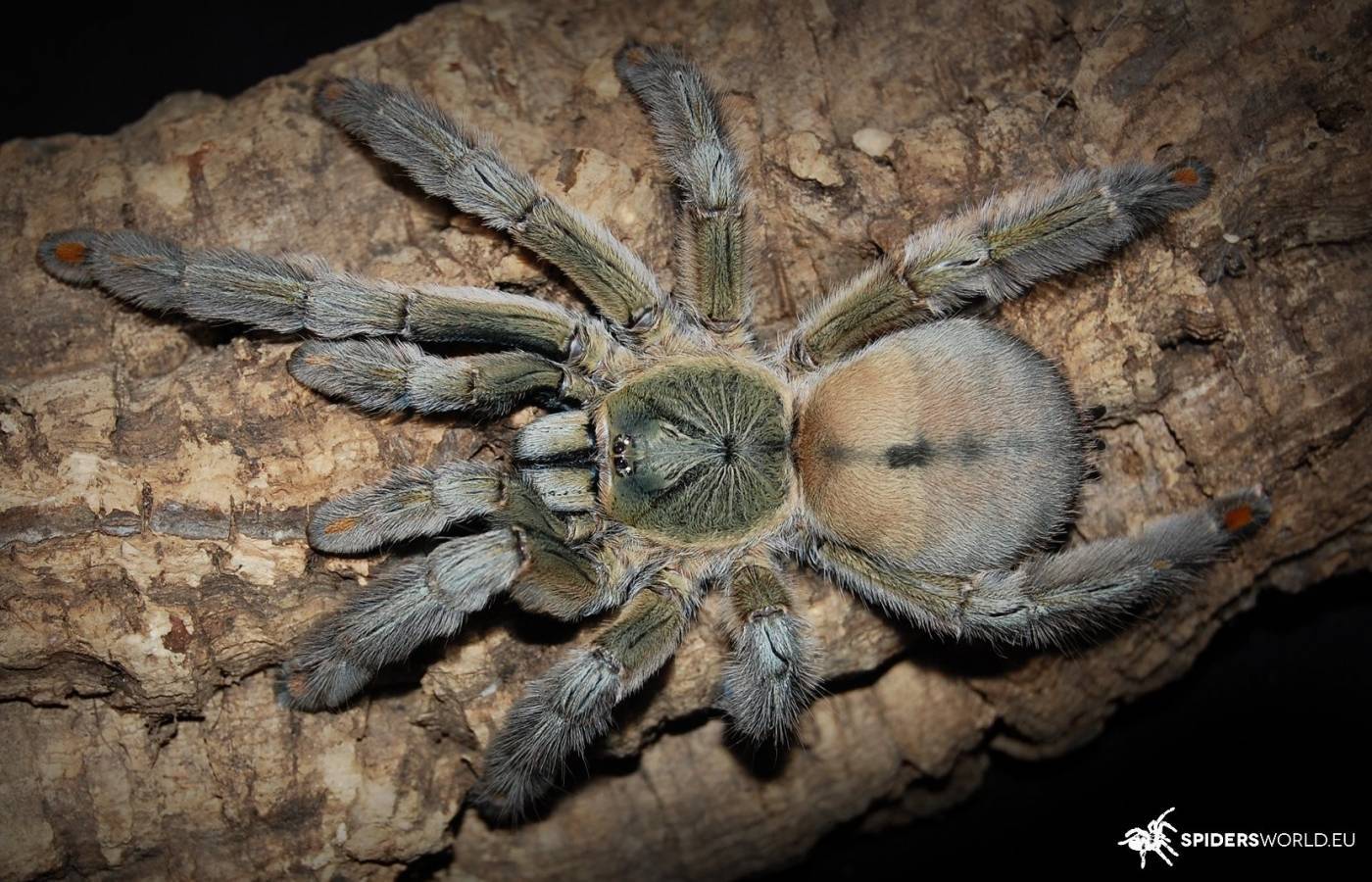
Trinidad Tarantula | Geographical Habitat: Trinidad | Size: 6-7cm
In general, they build net tunnels and prevent the inside of the net from being seen by mixing soil into it. Despite their timid lifestyle, they are quite aggressive and do not hesitate to bite. They are very agile creatures that can make long jumps.
Visit Emaar Aquarium to see spider species at Spider Kingdom!


